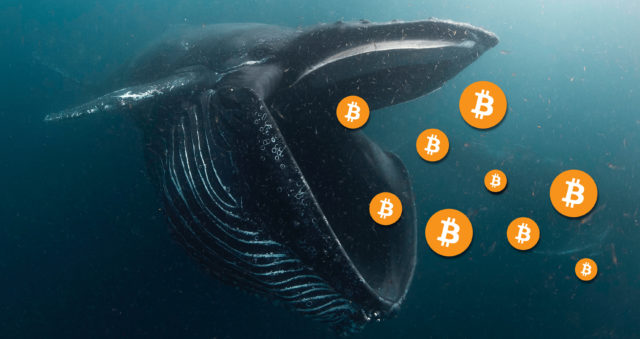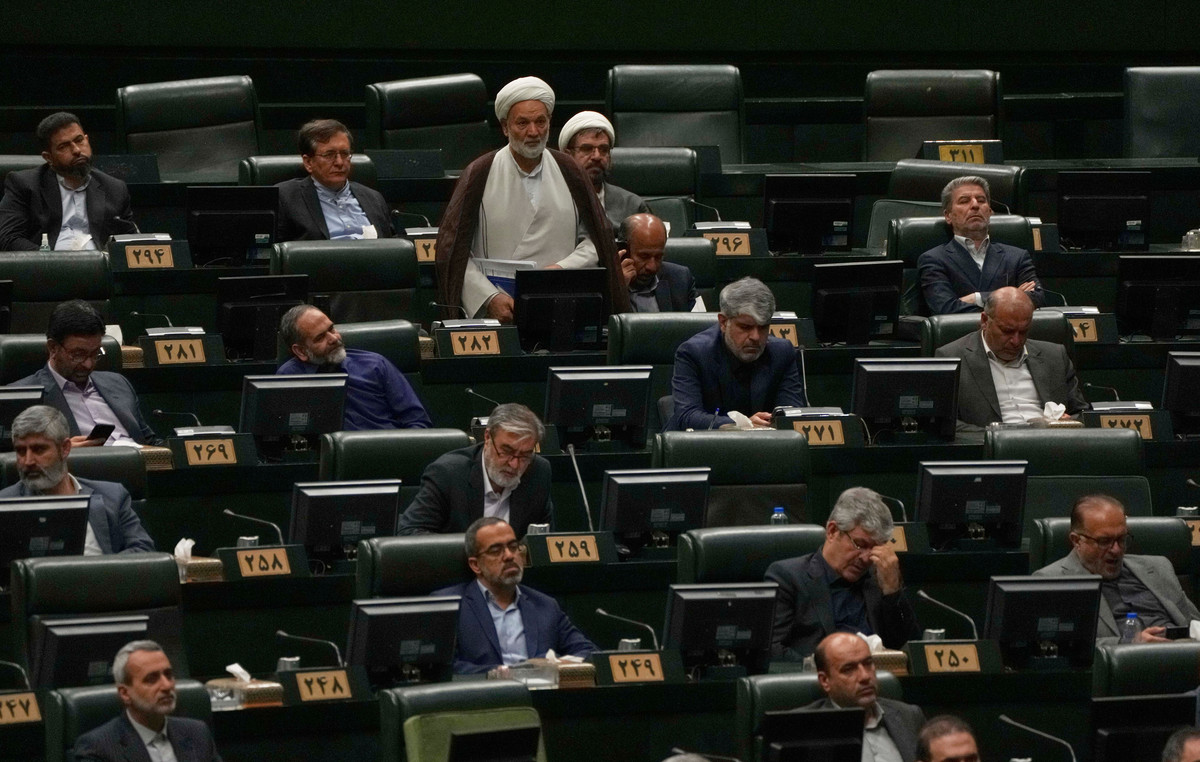- EUR/USD is falling on Thursday as the Euro weakens due to a worsening growth outlook.
- A stronger US dollar is accelerating its rise amid waning market bets on another aggressive Fed rate cut.
- The USD is further strengthening on safe haven flows as the conflict in the Middle East escalates.
EUR/USD is trading around the 1.1030 zone on Thursday, down about a tenth of a percent on the day, as geopolitical risks increase safe-haven demand for the US Dollar (USD), while the Euro ( EUR) weakens amid a gloomy economic outlook for the old continent.
EUR/USD falls on tighter Fed and safe haven flows
EUR/USD opens on Thursday on the defensive after closing lower for three consecutive days. A single Euro will now buy almost two cents less than at the beginning of the week.
The Euro is weakening after September inflation data came in lower than expected, taking the official inflation rate in the Eurozone to 1.8%, the first time it has fallen below the 2.0% target. of the European Central Bank (ECB) in 39 months. The data increases the chances that the ECB will cut interest rates more aggressively, which, in turn, would be negative for the Euro as it discourages foreign capital inflows.
In the US, by contrast, market bets are diminishing that the Federal Reserve (Fed) will follow its “jumbo” 50 basis point (0.50%) cut with an equal size cut in November , and this is supporting the US dollar.
Strong US employment data is helping to reassure investors that the US economy will not experience a hard landing. JOLTS job openings rose to 8.04 million in August from an upwardly revised 7.71 million in July, and the ADP employment change – an estimate of private payroll growth – came in at 142,000 in September, up from 103,000. from the previous month and expectations of 120,000. Markets now await the most important US jobs report, the Non-Farm Payrolls (NFP) scheduled for release on Friday.
Rising geopolitical tensions in the Middle East continue to support the US Dollar because the Greenback is seen as a safe haven in times of crisis, further weighing on the EUR/USD pair. Israel has escalated its multi-frontal war against Iran and its proxies – Hamas, Hezbollah and the Houthis of Yemen. Following Iran’s bombing of Israel on Tuesday, fears are growing that Israel will retaliate with attacks targeting Iranian oil facilities and possibly even nuclear development sites.
Europe faces an uncertain future
The Euro is suffering due to a pessimistic long-term economic growth outlook for Europe. On Wednesday, these concerns were crystallized in a speech that President Emmanuel Macron of France gave in Berlin. Macron warned of existential risks for Europe if it did not invest in its future to stay competitive in a rapidly changing new world order led by the United States and China.
Europe, he said, faced “an existential risk” unless it increased investment in innovation and Artificial Intelligence (AI), imposed tariffs to ensure a level playing field with competitors backed by subsidies, simplified complex regulation and integrated member states. at the level of capital markets and governance. His speech echoed proposals made by former Italian Prime Minister Mario Draghi in his recent report on EU competitiveness, which was equally pessimistic in its conclusions.
Technical Analysis: EUR/USD continues its decline within a long-term range
EUR/USD continues to develop a bearish leg within a broad multi-year range capped by a top around 1.1200 and a bottom around 1.0500.
EUR/USD Daily Chart
The pair is in a sideways trend on all its key time frames (short, medium and long term) and since it is a principle of technical analysis that “the trend is your friend”, the probabilities favor a continuation of this sideways trend, suggesting an extension of the bearish leg that is currently developing.
Prices are attempting to penetrate below the support provided by the 50-day SMA at 1.1044. A close below the 50-day SMA would help confirm further weakness. A close below the trend line and the 9/11 low at 1.1002 would provide additional bearish confirmation. The downside target for the leg currently developing is 1.0875, the 200-day SMA, followed by 1.0777 (Aug 1 low) and 1.0600 in a particularly bearish scenario.
Momentum, as measured by the moving average convergence/divergence (MACD) indicator, is relatively bearish as the blue MACD line has crossed below the red signal line, suggesting further evidence that the pair could be vulnerable to greater weakness.
The Euro FAQs
The Euro is the currency of the 20 countries of the European Union that belong to the euro zone. It is the second most traded currency in the world, behind the US dollar. In 2022, it accounted for 31% of all foreign exchange transactions, with an average daily volume of more than $2.2 trillion per day. EUR/USD is the most traded currency pair in the world, accounting for an estimated 30% of all transactions, followed by EUR/JPY (4%), EUR/GBP (3%) and EUR/AUD (2% ).
The European Central Bank (ECB), headquartered in Frankfurt, Germany, is the reserve bank of the euro zone. The ECB sets interest rates and manages monetary policy The ECB’s main mandate is to maintain price stability, which means controlling inflation or stimulating growth. Its main instrument is to raise or lower interest rates. Relatively high interest rates – or the expectation of higher rates – tend to benefit the Euro and vice versa. The Governing Council of the ECB takes monetary policy decisions at meetings held eight times a year. Decisions are made by the heads of the eurozone’s national banks and six permanent members, including ECB President Christine Lagarde.
Eurozone inflation data, measured by the Harmonized Index of Consumer Prices (HICP), are an important econometric data for the euro. If inflation rises more than expected, especially if it exceeds the 2% target set by the ECB, it is forced to raise interest rates to bring it back under control. Relatively high interest rates compared to their peers tend to benefit the Euro, as it makes the region more attractive as a place for global investors to park their money.
Data releases measure the health of the economy and can influence the Euro. Indicators such as GDP, manufacturing and services PMIs, employment and consumer sentiment surveys can influence the direction of the single currency. A strong economy is good for the Euro. Not only does it attract more foreign investment, but it may encourage the ECB to raise interest rates, which will directly strengthen the Euro. Conversely, if economic data is weak, the Euro is likely to fall. The economic data for the four largest economies in the eurozone (Germany, France, Italy and Spain) are especially significant, as they represent 75% of the eurozone economy.
Another important release for the euro is the trade balance. This indicator measures the difference between what a country earns from its exports and what it spends on imports during a given period. If a country produces highly sought-after export products, its currency will appreciate due to the additional demand created by foreign buyers wishing to purchase these goods. Therefore, a positive net trade balance strengthens a currency and vice versa for a negative balance.
Source: Fx Street
I am Joshua Winder, a senior-level journalist and editor at World Stock Market. I specialize in covering news related to the stock market and economic trends. With more than 8 years of experience in this field, I have become an expert in financial reporting.








